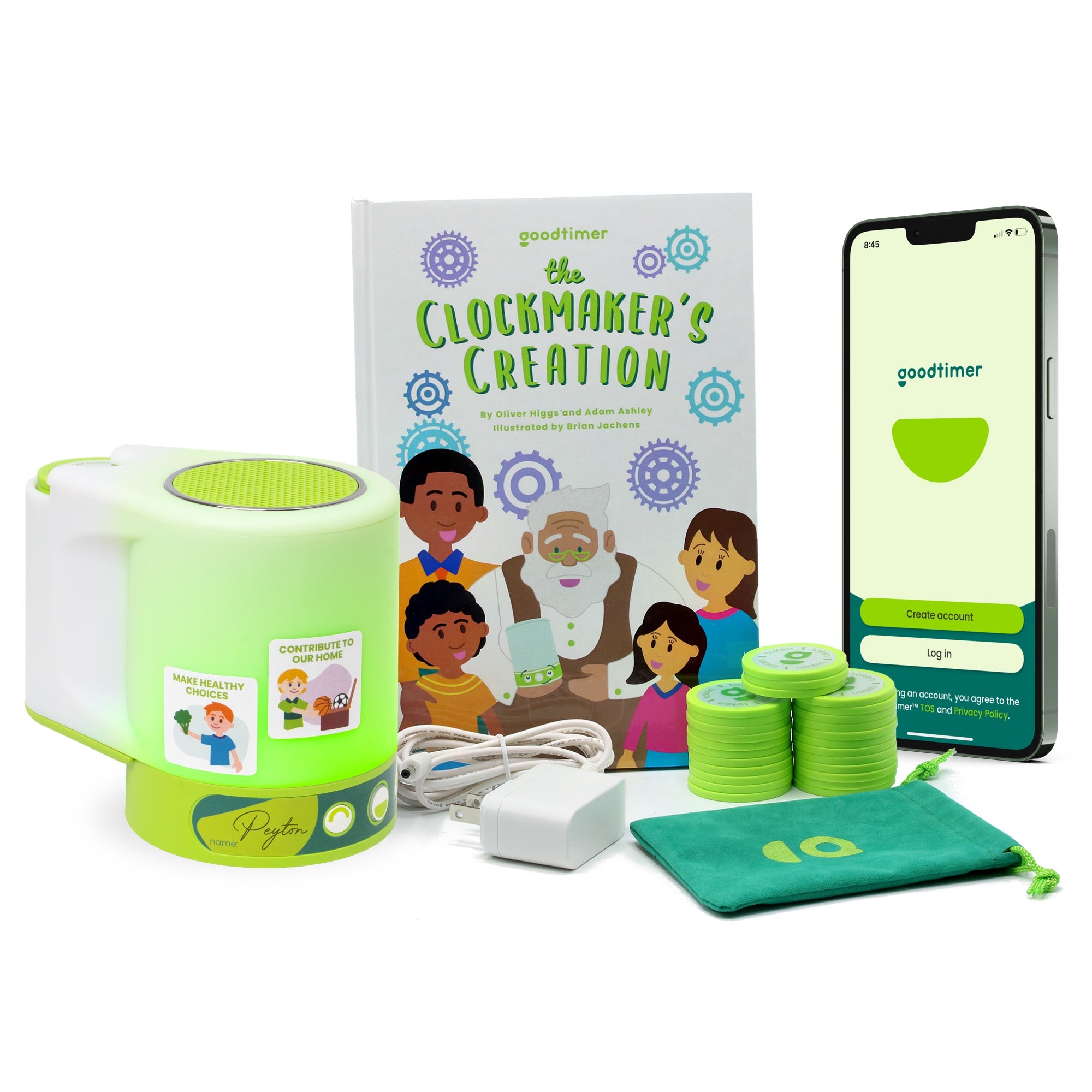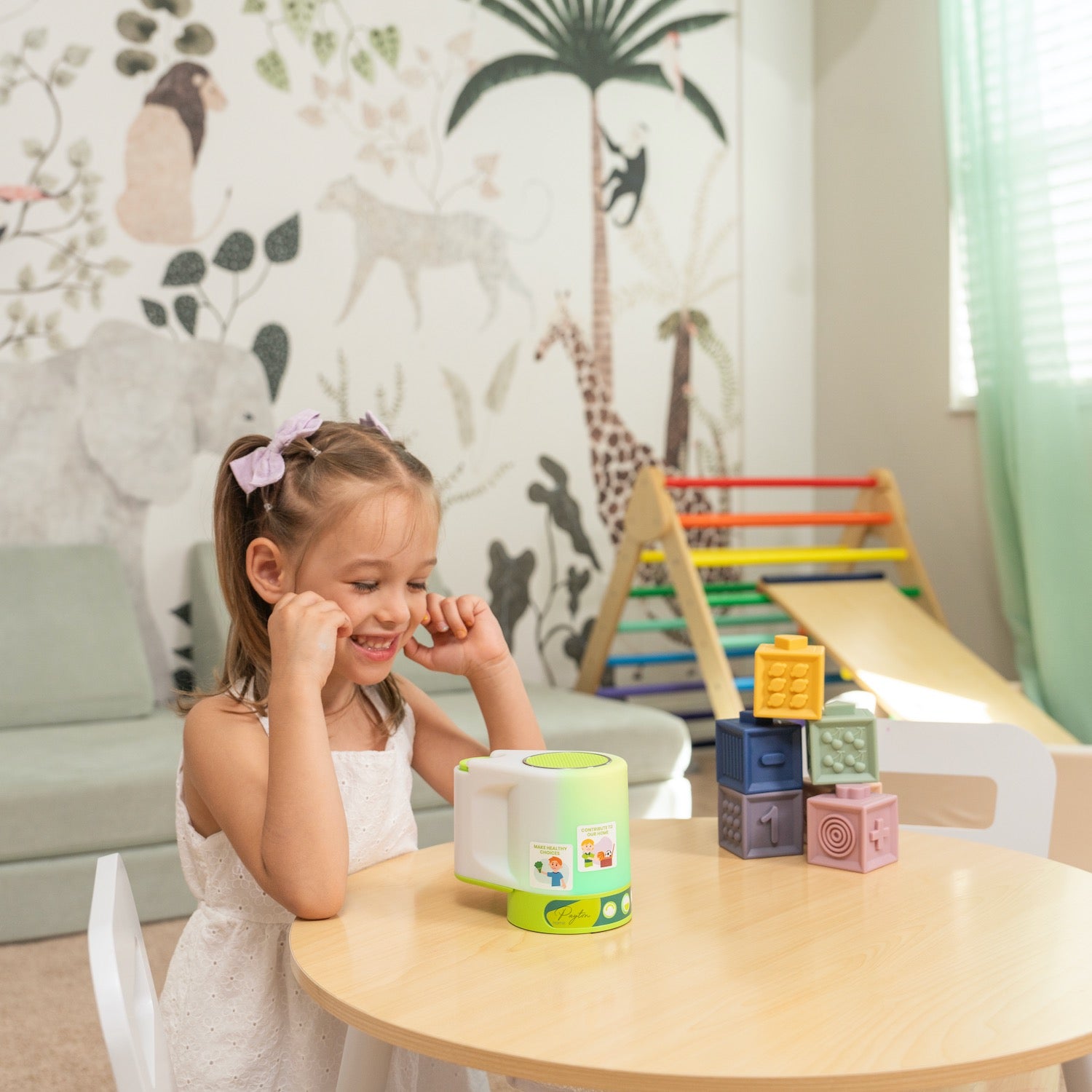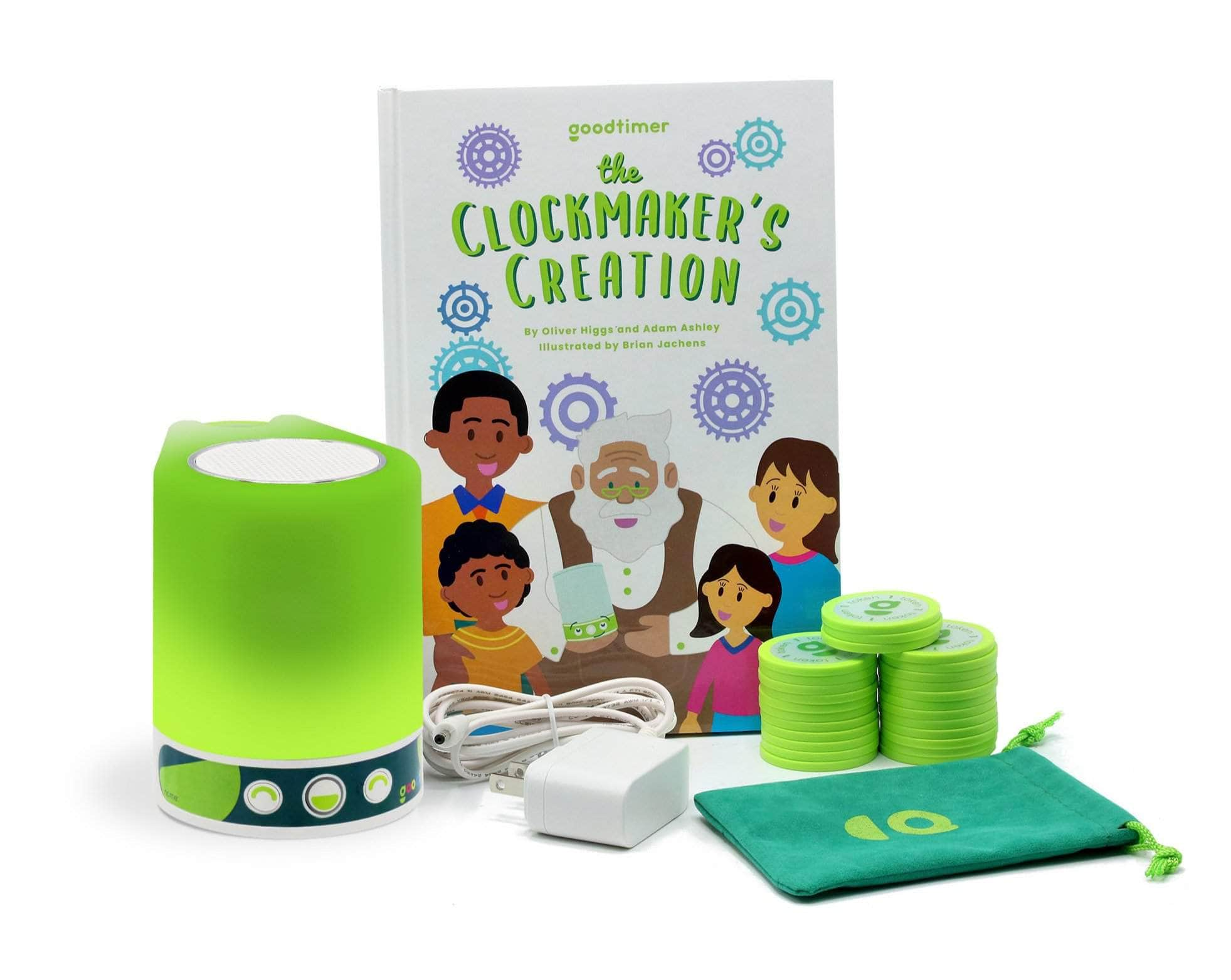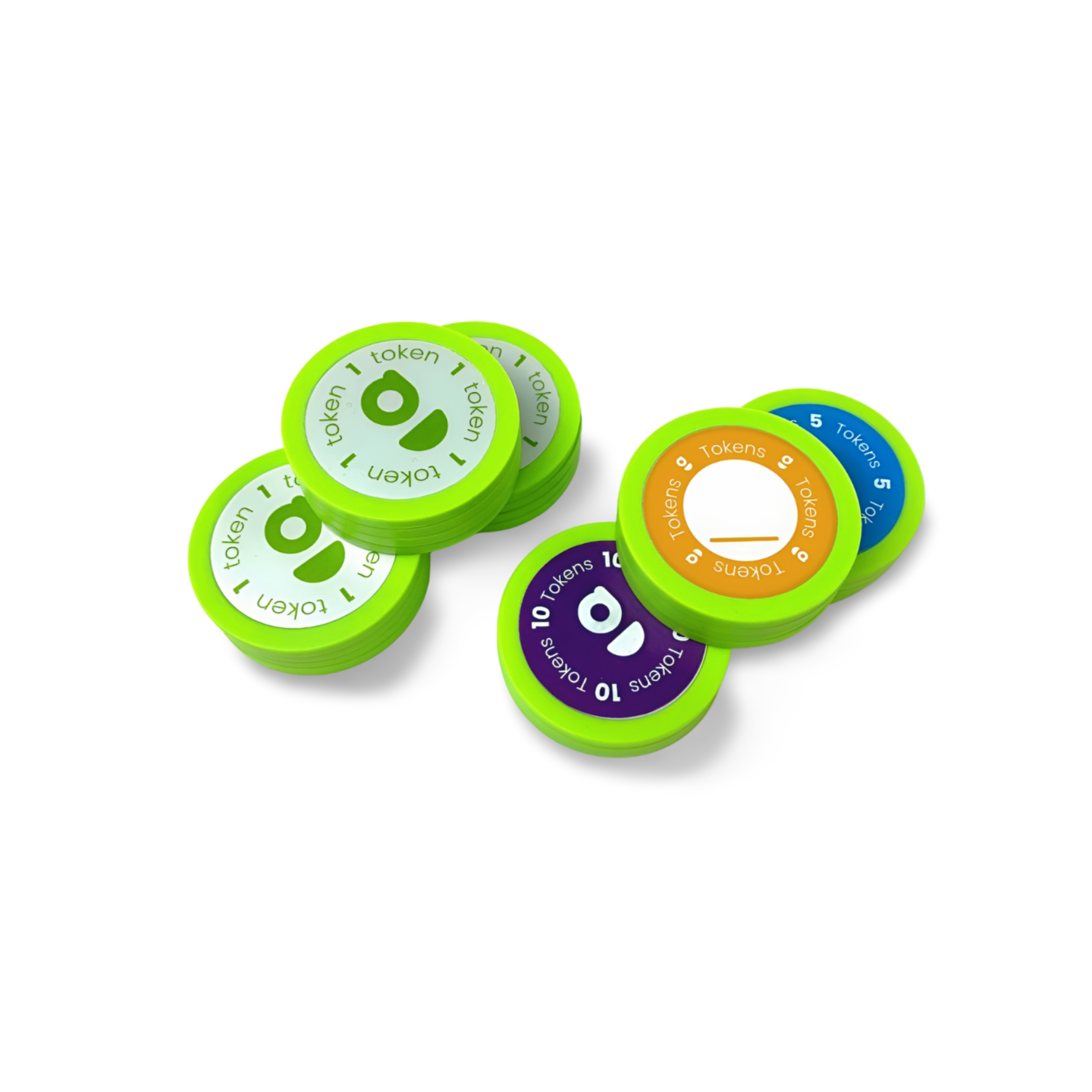Written by Maggie Cerria
Reviewed by Ali Kresch Levine, PsyD
Last night I woke from a nightmare in a cold sweat. In my dream, I was peacefully shopping at Target when all of a sudden, as we passed the toy aisle, my three-year old transformed from a sweet angel to a screaming monster while passing shoppers shot judgmental looks at me as they sipped their Starbucks lattes. If you have lived this nightmare you know what it’s like to be the parent of a toddler. A tantrum is an outburst of emotion that children just don’t have the emotional maturity to regulate. No parent enjoys tantrums, but for a couple of years when your kids are young tantrums happen. But there’s hope, this article will help you understand why tantrums occur and give you some amazing tips to tame tantrums when they occur.
Set Expectations
Kids thrive when rules and routines are in place. Setting a simple shopping routine before you head out the door will help kids understand what will come next and provide the structure they desperately need to know what to expect during your outing. For example, If your kids begin to meltdown while shopping at the store, (You are not alone, we’ve been there!) having the same routine each time will benefit not only the kids but the parents as well. Keep the shopping routine simple and stay consistent with it. A simple shopping routine might look like this...
- Make a List - A simple list will help you maintain the focus to get only the items you need and may even help you to avoid the dollar-spot at Target, we all know that place can be like the twilight zone!
- Share the Plan of Action - “Get the kids in the know before you go.” This way everyone will be on the same page when it comes to the expectations in the store.
- Pack a Snack - Because we all know the way to kids’ hearts is through their tummy🤪
- Work as a Team - Give the kids a job! From locating an item on the shelf to emptying the purchased items from the cart onto the cashier conveyor belt will keep them engaged and they’ll be excited to lend a hand.
Research has shown that when families create a list of rules that are consistent with their individual values, the whole family will be on the same page when it comes to expectations. It’s recommended that your rules be phrased as "do" statements rather than “don’t” statements. For example: “Use your words” is recommended over “no more tantrums” because it emphasizes the desired behavior. Make sure everyone in the family understands what is expected of them and display the list of rules where everyone can see it. If your children are too young to read you can include simple pictures to help them remember. Setting clear expectations is the first step to forming good habits that last.
H.A.L.T. - Understanding why tantrums occur
Behavior is communication. Let that sink in for a minute. Our kids throw a tantrum to tell us something and many times it’s because a basic need is not being met. This article shares a great tip to consider when kids throw a tantrum which is to H.A.L.T.! Yep, that’s right... Take a brief pause and consider the reason why your child might be at their breaking point. Are they Hungry, Angry, Lonely, or Tired? Think about the time when you are in Target, and your child says “Mommy, I want this toy.” Then comes the moment you tell your child that you will not be purchasing that toy... their face gets red, their voice gets louder, and you can almost see the steam coming from their ears… The tantrum has begun. In this case, your child is angry that they can not get the toy they want. It would be appropriate to HALT, take a breath, realize why they are angry, and try for a moment to put yourself in their shoes and relate to how they are feeling. The times when your child throws tantrums are no walk in the park, they will be TOUGH, but you’ve got this mama!
Validate their feelings
“Validating someone’s emotions means acknowledging them. You are not agreeing or disagreeing with the feelings; you are demonstrating that you hear the other person.” Find a few minutes and, if you can, find a quiet corner of the store to validate their feelings with an appropriate response such as, “I understand you are angry because we can not buy that toy for you today. I know you must feel mad, and that is OK to be mad and have these big feelings, but we need to calm down, so let’s take a few deep breaths and talk about it. I know you want to get that toy, so why don’t we add it to your list and we’ll come back and get it another day.” This doesn’t mean the tantrum will stop right then and there, but it can cause a de-escalation in the moment and allow your kids to feel heard, and while they will most likely continue to be upset, they’ll feel as though their feelings have been validated even if they didn’t get their way.
Be Consistent
“Say what you mean and mean what you say.” Sound familiar? Kids want to know that we mean business when we set house rules and expect them to follow those rules. Kids can quickly figure out if we mean what we say or not. If we succumb to their tantrum by giving in before it ends we can make things a whole lot worse for us as parents. If you give in and buy the toy at the store, or let them go to bed without brushing their teeth, it teaches our kids that this is how loud they have to yell and cry to get what they want, which means the tantrums that happen in the future could be this intense, or even louder and last longer!
Reinforce Positive Behavior
Positive Reinforcement is universal; It comes in the form of hugs, high fives, incentives, and even verbal praise. When our children are encouraged and inspired to make good choices and behave well, they will more often than not choose the positive choice knowing it is linked with positive outcomes. That’s where Goodtimer comes in. Kids love Goodtimer because it’s fun. Parents love Goodtimer because it works. Backed by neuroscience and developed in collaboration with leading parenting experts, Goodtimer's patented approach uses the principles of positive parenting to help kids follow family rules and practice patterns of good behavior. Goodtimer is an interactive and engaging companion, with lights, sounds, and a token incentive system that helps kids make the connection between their choices and positive outcomes. This makes Goodtimer a highly effective way to reinforce positive behavior and help children form good habits that last.
Setting Expectations, HALT to understand the why, validating feelings, be consistent, and reinforcing “the Good” are all ways that you can help to tame the tantrums at home or if you are out and about.










Leave a comment